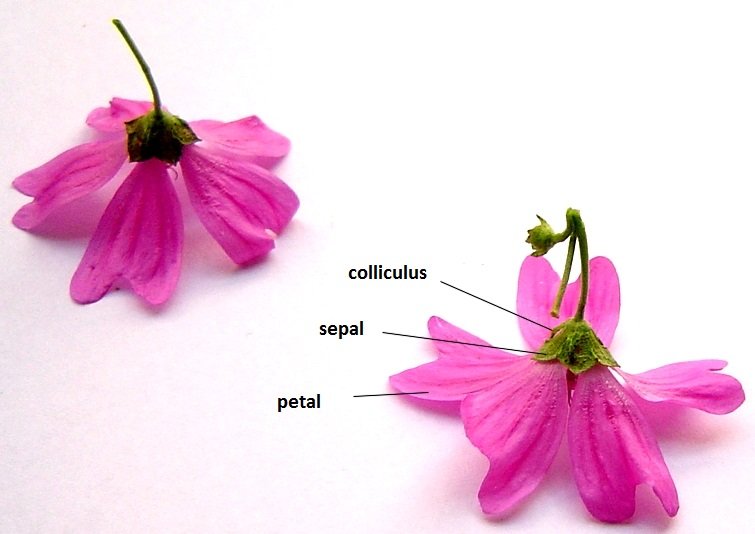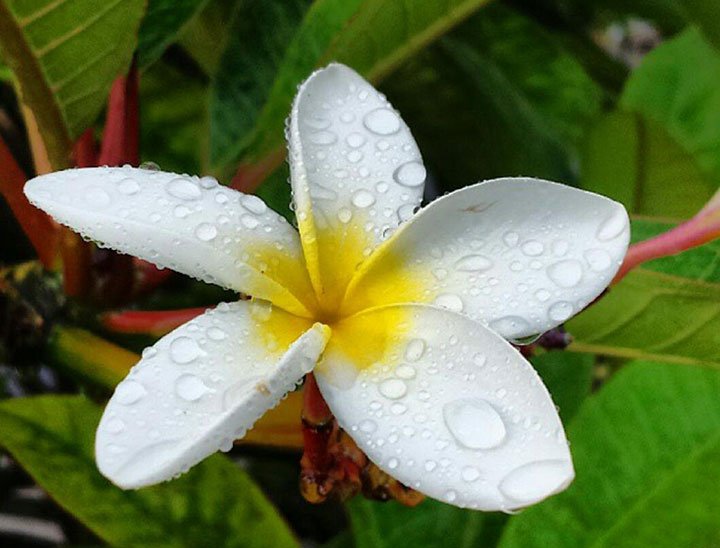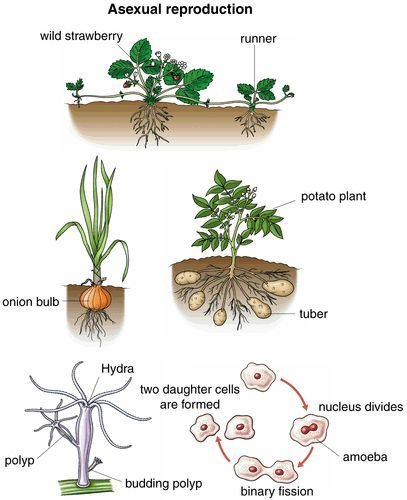
The leaves
It is a vegetable organ born from the stem, green and whose main function is to perform photosynthesis. Photosynthesis is the process by which plants produce organic matter from carbon dioxide and water, with an energy contribution that is given by sunlight. Photosynthesis explains the green color of the leaf since chlorophyll is needed (pigment I said color) for the process to work. It also explains the flat and wide form of most of the leaves, since they act as a screen that receives sunlight. Other processes that take place in the leaf are breathing and perspiration.

Morphologically we observe the following parts on a leaf: the limbus, which is the laminar zone, divided into the upper or obverse side and the inferior or reverse side, and the petiole, which is the peduncle by which the leaf joins the stem (the leaves that lack petioles are called sessile).
The leaves can be classified as simple or compound. Simple ones are those in which, for each petiole, a limbus appears, unlike composite leaves, in which each petiole can have two or more limbs, which in this case are called leaflets. The form that the leaf can acquire, be it simple or compound, is an important feature when it comes to being able to classify a plant.
The flower

It is the organ of the plant in charge of reproduction. The fact of carrying out such an important task explains the reason for the colorful colors, the seductive fragrances or the subtle forms that it sometimes adopts. The flower is not another thing that a modified stem, so that, a modified stem, so that, instead of taking common leaves, it owns concentric circles of leaves specialized in the reproduction denominated floral whorls.
A typical flower has four whorls are (from the outside in): the calyx, the Corolla, the androgen and the gynoecium. The chalice is formed by the sepals, which most of the time are green and have a protective function. The corolla is composed of the petals, which usually have bright colors to attract insects or birds necessary for pollination. The androgen is the masculine reproductive apparatus and is formed by the stamens; each yarn consists of a filament at the end of which is the anther. The anther is a structure that is divided into two chambers or teak containing the pollen sacks responsible for producing the pollen grains. The masculine gametophyte (the reproductive organ that will manufacture the gametes or male sex cells) will come out of the pollen grain.
The gynoecium is the female reproductive system; also called pistil, is formed by transformed leaves called carpels. Three regions are observed in the pistil: The stigma or upper zone, the style or column and the ovary or lower area, responsible for producing the ovules or female sex cells.
Pollination is the process by which the pollen grain formed in the anther reaches the stigma of the pistol. If the stamen and the pistil belong to the same flower, we speak of direct pollination or self-pollination; If the pollen grain comes from another flower, which may or may not be from the same plant, we speak of cross pollination.
The seed and the fruit

We can define the seed as the fertilized and mature ovum, and the fruit. Like the ovary of the mature flower, that is, the flower that has undergone fertilization.
The seed is formed by the embryo, which comes from the successive mitotic divisions of the zygote (fertilized ovum), and by the endosperm, which is the tissue responsible for feeding the embryo with its growth.
The fruit is the transformed ovary and keeps in its interior the ovules turned into seeds, while the rest of floral whorls have dried and fallen. The fruit consists of pericarp and seed. The pericarp comes from the transformed ovarian walls. The dispersion of the seed and the fruit can be done by wind (anemocory), by animals (zoocoria) or by water (hydrocoria).
Source of information
http://www.abc.com.py/articulos/la-organografia-vegetal-891567.html
https://es.slideshare.net/ocelotlunam/organografia-vegetal-79422262

Congratulations! This post has been upvoted from the communal account, @minnowsupport, by angelserrano from the Minnow Support Project. It's a witness project run by aggroed, ausbitbank, teamsteem, theprophet0, someguy123, neoxian, followbtcnews, and netuoso. The goal is to help Steemit grow by supporting Minnows. Please find us at the Peace, Abundance, and Liberty Network (PALnet) Discord Channel. It's a completely public and open space to all members of the Steemit community who voluntarily choose to be there.
If you would like to delegate to the Minnow Support Project you can do so by clicking on the following links: 50SP, 100SP, 250SP, 500SP, 1000SP, 5000SP.
Be sure to leave at least 50SP undelegated on your account.